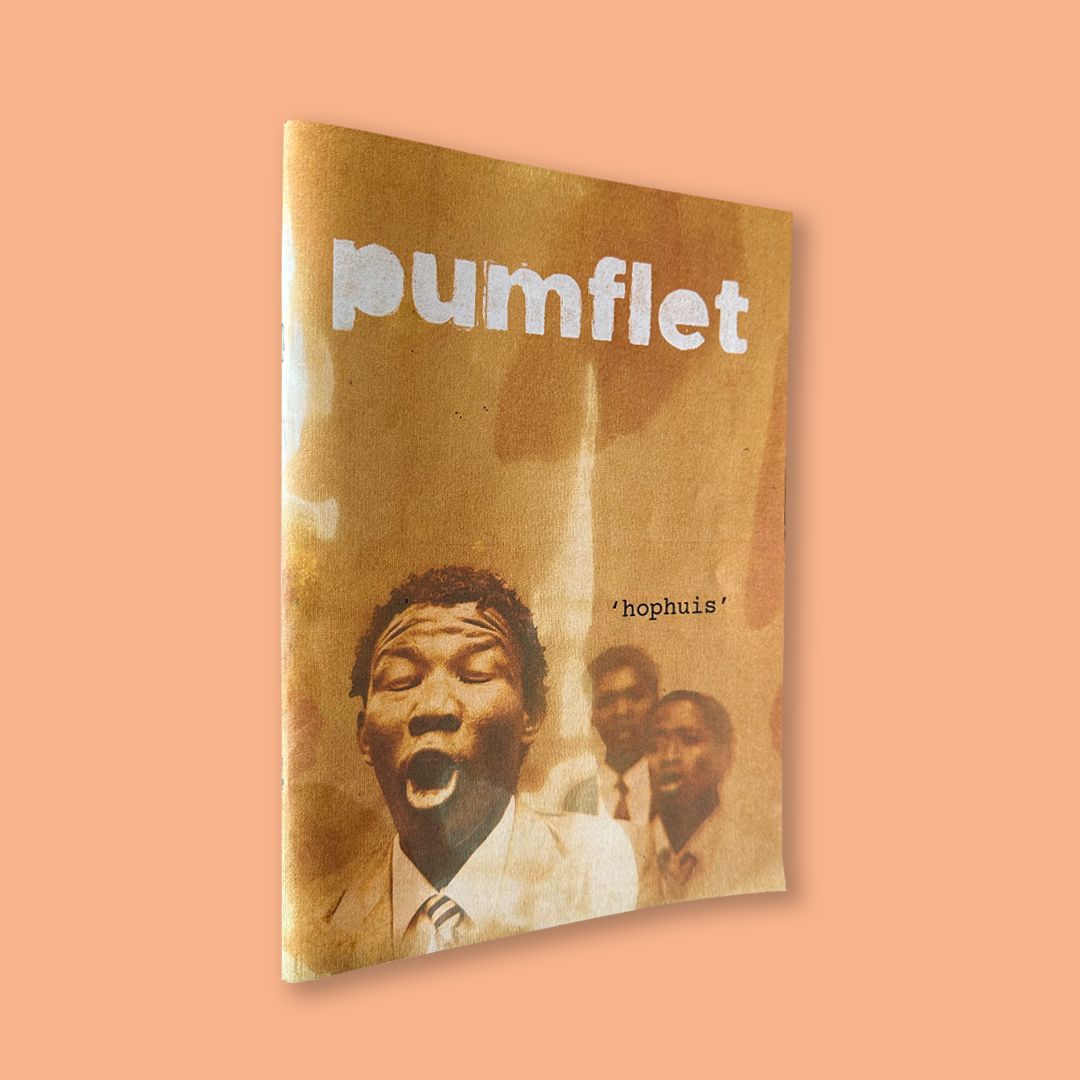Composed, arranged and performed by Neo Muyanga, this audio cd supplement was part of the Chimurenga Chronicle (October 2011) , a speculative newspaper which is issue 16 of Chimurenga.

Tracklist:
a) 1+1= (a re-composition of a 5000-year-old offering to Lord Ganesha, the Hindu deity, an opener of sorts)
b) 4:7 (heaven’s on the ocean is a proportional refrain on reaching nirvana, the 7th grade, via the mundane material world)
c) 3sin= rθ (sino projection technology theme)
d) 3(x)n (illegal border crossing and migration theme. composed for dancers)
e) e=mcx \rightarrow \infty (a true story about an explosive riot day with SADF soldiers who attacked Soweto on June 16th, 1985. Composed for those who got hurt)
f) ƒ:X→Y (horizon heart aflame. Composed for a lover)
g) (a summing of random themes theme)
h) 4x+2 (the 2 or 4 step theme)
i) y~ 6/8 (a travelling theme in 6 parts over eight. Composed for puppets)
j) y\ge \!\, 6/8 (a running theme in 6 parts over 8 )
k) 1/4° (a kota bread theme. Composed for skolies and thieves)
l) (a perpetual circle. Composed for an apartheid-era multi-racial soccer club)
Pumflet 'Hophuis' (Wolff Architects, 2023)
Pumflet 'Hophuis' (Wolff Architects, 2023)
'hophuis' documents a series of journeys to and activations made at the Steinkopf Community Centre in Namaqualand in South Africa's Northern Cape. The building was at once a lively centre for communal and political gathering, (albeit controlled by the church) but stands today as an open, civic-scaled volume of broken walls, a concrete floor, and with its electrical and water services completely removed .
The town of Steinkopf itself is situated in what was declared a 'coloured reserve' by the apartheid government in 1948, and the place is significant for a number of reasons. Its original name 'Kookfontein' (which referred to an ancient water well) was lost when it was renamed by German missionaries who settled there in the 18th century.
Along with a new name, the missionaries bought with them what James Baldwin has referred to as 'theological terror': warnings of eternal damnation for all who followed the local Nama, Khoi and other indigenous spiritual practices. Dance and song, a core part of the spiritual practices of the Nama in particular, were prohibited. Thus, many of these cultural practices, along with the Nama language, remain treasured by a few cultural custodians but are otherwise mostly forgotten.

